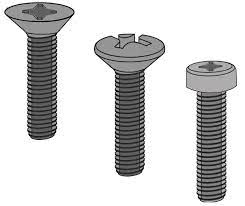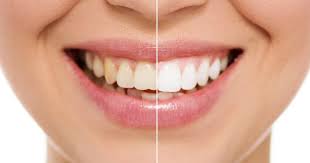Introduction: Machine screws come in a variety of shapes and sizes, each designed for specific applications. One such type is the cross-recessed machine screw. In this article, we’ll delve into the details of cross recessed machine screw, exploring their features, applications, and answering some frequently asked questions.
FAQ: Cross-Recessed Machine Screws
- What is a Cross-Recessed Machine Screw?A cross-recessed machine screw is a type of fastener with a distinct cross-shaped indentation on the screw head. This design allows for a Phillips or Pozidriv screwdriver to engage securely, preventing slippage and ensuring efficient torque transfer.
- What Sets Cross-Recessed Machine Screws Apart?Cross-recessed machine screws are known for their self-centering design. When used with the appropriate screwdriver, they help prevent cam-out, reducing the risk of damaging the screw or the workpiece.
- What Are the Typical Applications for Cross-Recessed Machine Screws?Cross-recessed machine screws are versatile and are commonly used in various applications. Some examples include:
- Electronics: Securing circuit boards and components.
- Woodworking: Fastening hinges, brackets, and other hardware.
- Automotive: Assembling engine components and interior fittings.
- Construction: Joining metal or plastic parts.
- What Are the Advantages of Cross-Recessed Machine Screws?
- Reduced Cam-Out: The design minimizes the chance of the screwdriver slipping out during use.
- Easy Identification: The distinct cross-shaped head makes these screws easily recognizable.
- Versatility: They are compatible with both Phillips and Pozidriv screwdrivers, enhancing convenience.
- How Do I Choose the Right Cross-Recessed Machine Screw?To select the appropriate cross-recessed machine screw for your application, consider factors such as size, material, and thread type. You’ll also need to determine the screw’s length to ensure it provides sufficient engagement and support.
- What Are the Common Materials for Cross-Recessed Machine Screws?Cross-recessed machine screws are available in a range of materials, including steel, stainless steel, and brass. The choice of material depends on the specific requirements of your project, such as corrosion resistance or load-bearing capacity.
- How Should I Install Cross-Recessed Machine Screws?Proper installation is crucial for a secure connection. Ensure the screwdriver matches the screw’s recess type (Phillips or Pozidriv) and size. Apply the right amount of torque to prevent over-tightening or under-tightening.
- Are Cross-Recessed Machine Screws Reusable?Cross-recessed machine screws are generally reusable, provided they have not been over-tightened or damaged during previous use. Inspect the threads and the head for any signs of wear or deformation.
- Where Can I Purchase Cross-Recessed Machine Screws?You can find cross-recessed machine screws at hardware stores, home improvement centers, or online retailers. Ensure you select the correct size, length, and material for your specific project.
Conclusion: Cross-recessed machine screws offer a reliable and convenient solution for various fastening needs. Whether you’re working on electronics, woodworking, automotive projects, or construction, these screws provide efficient torque transfer, reducing the risk of slippage. By understanding their features and applications, you can confidently choose the right cross-recessed machine screws for your projects and achieve secure and long-lasting connections.



